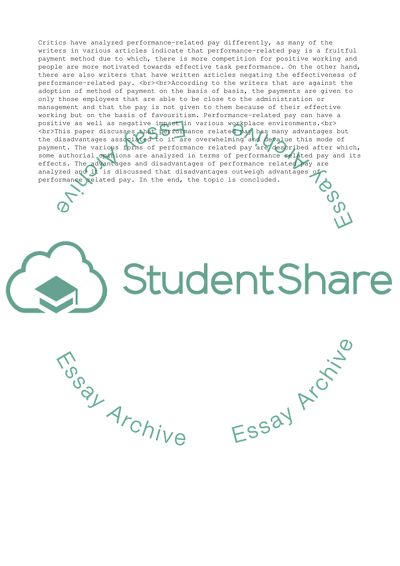Cite this document
(“Disadvantages of Performance-related Pay outweigh its Advantages Essay”, n.d.)
Retrieved from https://studentshare.org/business/1550270-disadvantages-of-performance-related-pay-outweigh-its-advantages
Retrieved from https://studentshare.org/business/1550270-disadvantages-of-performance-related-pay-outweigh-its-advantages
(Disadvantages of Performance-Related Pay Outweigh Its Advantages Essay)
https://studentshare.org/business/1550270-disadvantages-of-performance-related-pay-outweigh-its-advantages.
https://studentshare.org/business/1550270-disadvantages-of-performance-related-pay-outweigh-its-advantages.
“Disadvantages of Performance-Related Pay Outweigh Its Advantages Essay”, n.d. https://studentshare.org/business/1550270-disadvantages-of-performance-related-pay-outweigh-its-advantages.


